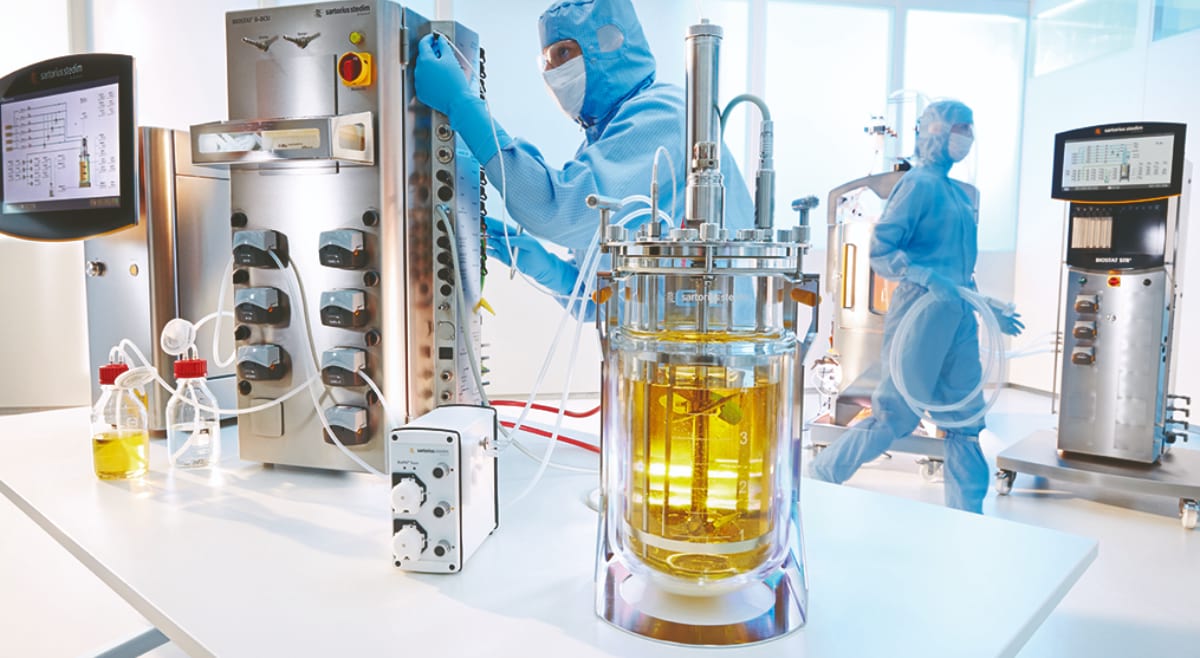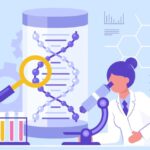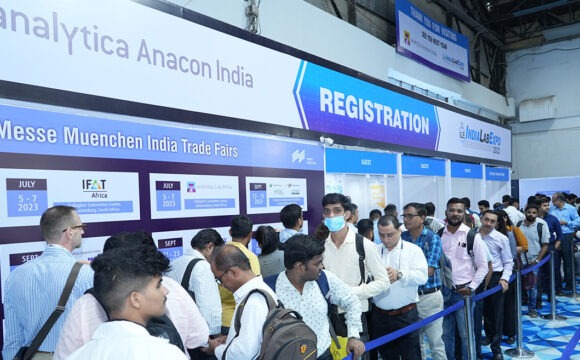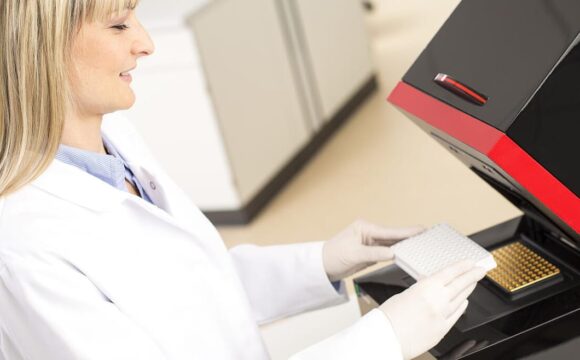The world is seeing momentous advancements when it comes to new therapeutics or improved food supplements. New improved products are being developed with the utilization of living organisms as the starting point. This process of utilizing living organisms to produce value-added products is called bioprocessing. It is a key part of manufacturing that brings improved products to people. Bioprocesses have satisfactorily benefited society by manufacturing crucial products starting from vaccines, and therapies to food materials.
Bioprocess incorporates two main segments namely upstream processing and downstream processing. The initial steps which involve selecting the perfect strain of the organism, preparing an appropriate media and culturing/ harvesting the culture fall under the upstream part of bioprocessing. After harvesting the cultured cells or organisms, the downstream processing comes into play. It involves the later stages of production as well as the purification of the extracted cultured cells and organisms (from the later part of upstream processing) and further extracting the final desired products.
The following is a rundown of the stages involved in the downstream part of the bioprocess technology:
- Solid-liquid separation: The first step in the downstream processing involves the removal of insoluble solids from the particulate-free liquid, for example, the separation of cells, cell debris, etc. Achieving the separation is possible through methods like filtration, flocculation, electro-precipitation, centrifugation, sedimentation, precipitation, gravity settling, and many more.
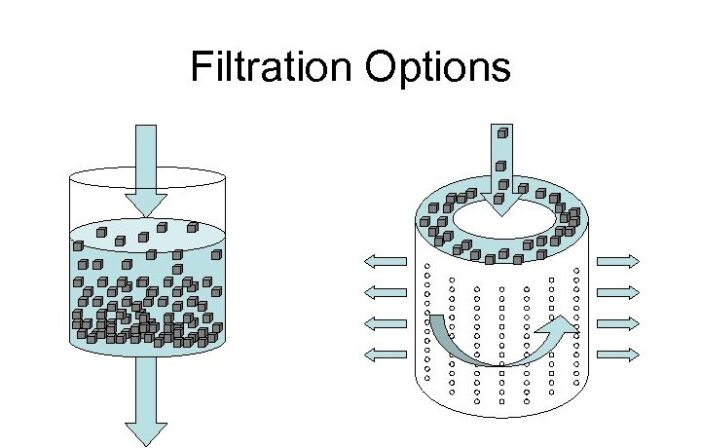
(Image source: present5.com)
- Disintegration (disruption) of the cells: After the cells are separated, they are to be disrupted. Usually disintegrating microbial cells are difficult because of their smaller sizes, stronger cell wall and high osmotic pressure inside cells. Achieving the disruption of cells is possible with the help of methods such as mechanical disruption, lysis or drying. While undergoing the disruption process, it should be kept into account that the method does not damage the product of interest.
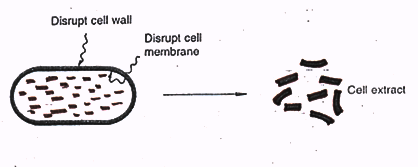
(Image source: orbitbiotech.com)
- Product isolation: There may exist some components along with the desired products which are unwanted. The removal of such components with variable properties from that of the desired product is a must. For example, the water turns out to be the chief impurity for some products. This isolation step is designed so that such impurities are mostly isolated and concentrate the desired product. A few techniques to implement the extraction of products are solvent extraction, adsorption, ultrafiltration, and precipitation.

(Image source: slideshare.com)
- Purification: This is the step that marks an end to the recovery of a product aiming at obtaining it in a highly purified state. Some impurities closely resemble the product in both physical and chemical properties and need to be separated from the actual product of interest. This step is formulated to do so. Variable degrees of purification may have been achieved in the preceding steps which usually determine the degree of resolution required at this last step. This degree of resolution is based upon the similarities between the metabolites of the concentrate as well as the measure of the purity required in the final product. A few methods used during the purification process include affinity, size exclusion, ion-exchange and reverse phase chromatography, crystallization and fractional precipitation.
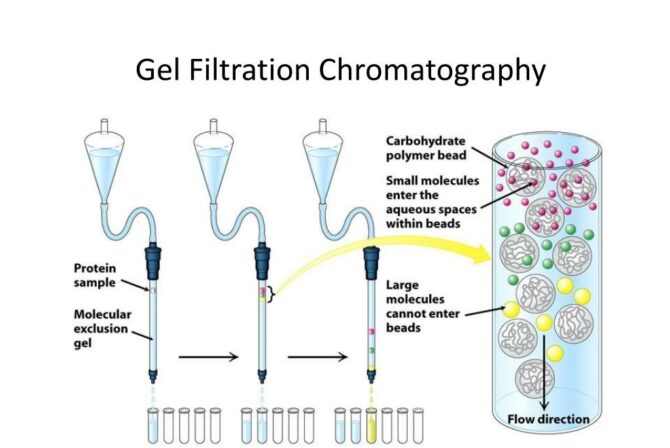
(Image source: slideserve.com)
- Product polishing: This is the final step in the downstream part of bioprocess technology. It ends with the packaging of the product. The desired product is packaged in a stable and easily transportable form. A few methods to implement this step incorporate crystallization, desiccation, lyophilization and spray drying. Polishing of the products may also involve sterilizing the product and removing trace contaminants that might otherwise hamper product safety.

(Image source: slideserve.com)
After all of these steps are performed and the product is checked according to the specification standards, the product of interest is ready to be released in the market.
References:
- “Downstream Processing (DSP) of Products.” Biology Discussion, www.biologydiscussion.com, 16 Sept. 2016, https://www.biologydiscussion.com/industrial-microbiology-2/downstream-processing-dsp-of-products/55747.
- “Downstream Processing – Wikipedia.” Downstream Processing – Wikipedia, en.wikipedia.org, 1 Apr. 2009, https://en.wikipedia.org/wiki/Downstream_processing#:~:text=Downstream%20processing%20refers%20to%20the%20recovery%20and%20the,and%20the%20proper%20treatment%20and%20disposal%20of%20waste.
- “A Brief Overview of Bioprocessing | Big Picture | Lab Manager.” Lab Manager, www.labmanager.com, https://www.labmanager.com/big-picture/bioprocessing-overview-and-trends/a-brief-overview-of-bioprocessing-25962. Accessed 15 July 2022.



